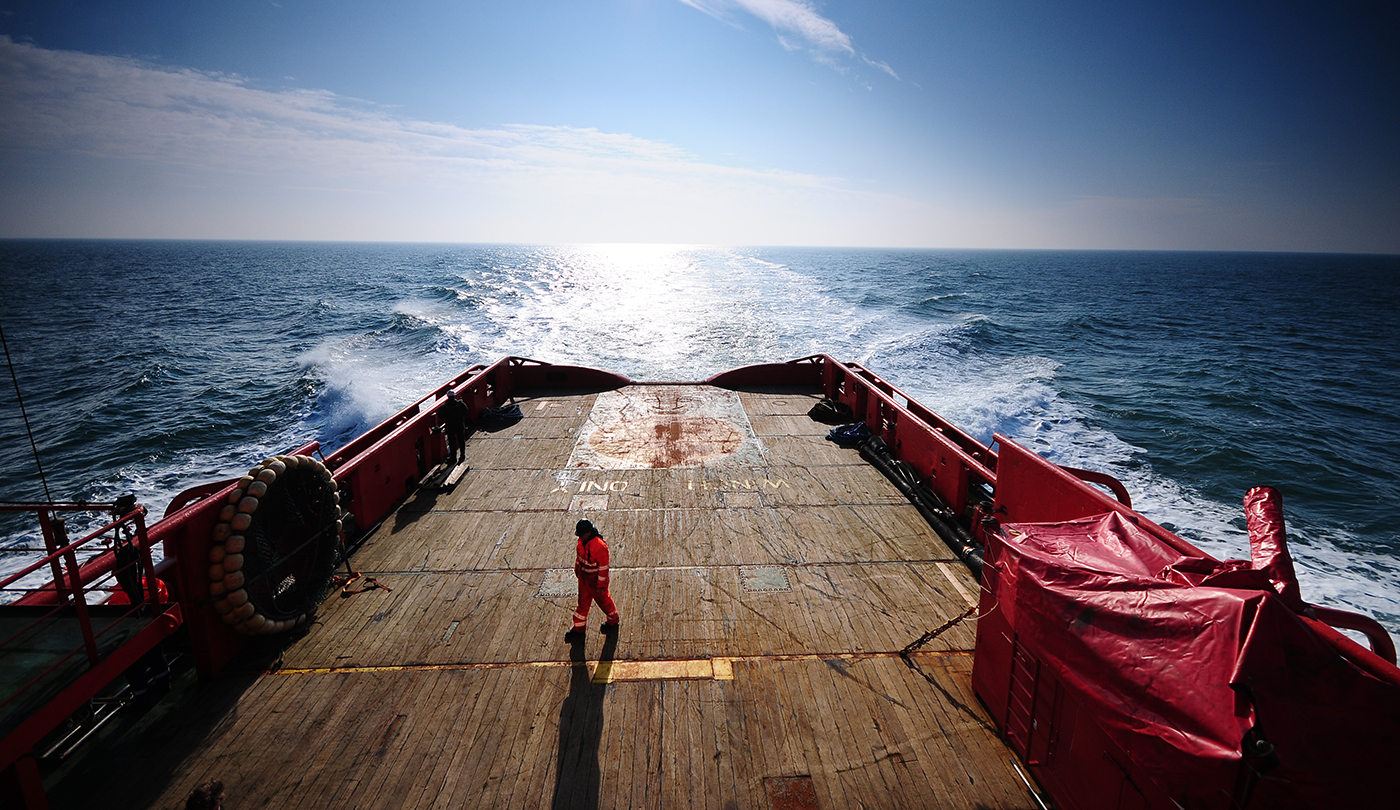How marine shipping can help to achieve global climate goals
The International Maritime Organization’s (IMO) Greenhouse Gas (GHG) agreement has finally set targets for the decarbonization of the shipping industry – an important sector neglected by the Paris Accord. Bjarne Foldager, Head of Sales & Promotion for MAN Energy Solutions’ two-stroke engine business, explains why he welcomes the ambitious goals and how the increase of sustainable technologies fits into the company’s long-term strategy.

Bjarne Foldager, Head of Sales & Promotion for MAN Energy Solutions’ two-stroke engine business
Ask Bjarne Foldager about future energy technologies and you will always receive more than one answer. The holistic approach displayed by the Head of Sales & Promotion for MAN Energy Solutions’ two-stroke engine business is in keeping with the company’s diversified, forward-looking strategy. With increasing emphasis on sustainable technologies and solutions, the new brand claim “Future in the making” underlines the fact that there are several routes to the global goal of a carbon-neutral economy and that reaching this said goal will be a steady process.
The marine sector’s benchmarks for this process were set by the IMO’s GHG agreement. After shipping was left out of the Paris Accord, Foldager feels like the GHG finally acknowledges the essential contributions the shipping industry could make towards the achievement of global climate goals. “If you compare the CO2 from shipping to any other mode of transportation, it’s the lowest by a huge margin. We want to improve the reputation of shipping as the most environmentally friendly way of transporting goods around the world. That’s why we are so happy with the latest ambitious targets and we are very supportive of the IMO resolutions. This is what we have been waiting for. We want to support the whole transition to more sustainable energy.”
One challenge, diverse solutions
Whilst Foldager is quick to admit that an about-turn away from conventional fuels is unrealistic, he considers a wide range of supporting and complementary alternatives to be viable and worth exploring. As he sees it, more sustainable energy doesn’t
just mean a higher proportion of overall fuel consumption, but also a greater number of different energy solutions and diverse approaches to the one challenge. According to Foldager, “The way the IMO has structured the path ahead, they are looking
at three different stages. The immediate steps will take place over the next five years. You could call them quick fixes. They include elements like slow steaming, speed restrictions and changing designs, but also methane slip, which they want to
have short-term regulations or implementation on. Then come the medium and long-term steps. It is quite ambitious. Basically, within the next ten years, we need to conclude the future technology and make sure that all new builds reflect it.”
Combustion assisted by natural energy
Rather than a monolithic technological solution, the MAN approach comprises a plethora of fuel and propulsion alternatives, often employed in hybrid scenarios, but always with the tried-and-trusted internal combustion engine at its core. Whilst Foldager believes that merchant marine vessels will continue to be driven by internal combustion engines, he sees that their main propulsion will be supplemented and assisted by renewable energy sources in the future.
“Solar panels on a cargo carrier, flettner rotor systems, wave technologies, our air lubrication system, whole sails, sky sails … all these could definitely make a big contribution. We don’t think they can replace the propulsion system, because the internal combustion engine is still by far the most efficient, but you can add sustainable energy resources that could cover 5, 10 or 15% of the power.” The same goes for batteries, which in Foldager’s view, “have huge potential for the marine industry. I doubt that batteries will take over as the main propulsion for oceangoing ships, simply because of the size and the cost, but in terms of contributing to the overall decarbonization of the industry, they have a place. The biggest potential lies in short sea shipping and hybrid solutions for coastal ships or tugs and harbor craft.”
Thanks to the terms set by the GHG agreement, it becomes ever more likely that customer demand, MAN business strategy and global climate goals will eventually converge on the path towards a decarbonized future.

Sustainable shipping: many routes towards a more decarbonized future
We want to improve the reputation of shipping as the most environmentally friendly way of transporting goods around the world.
Explore more topics
MAN Energy Solutions is now Everllence.
We have adopted a new brand name and moved to a new domain: www.everllence.com. This page will also be relocated there shortly. We are working on shifting all pages to www.everllence.com.
